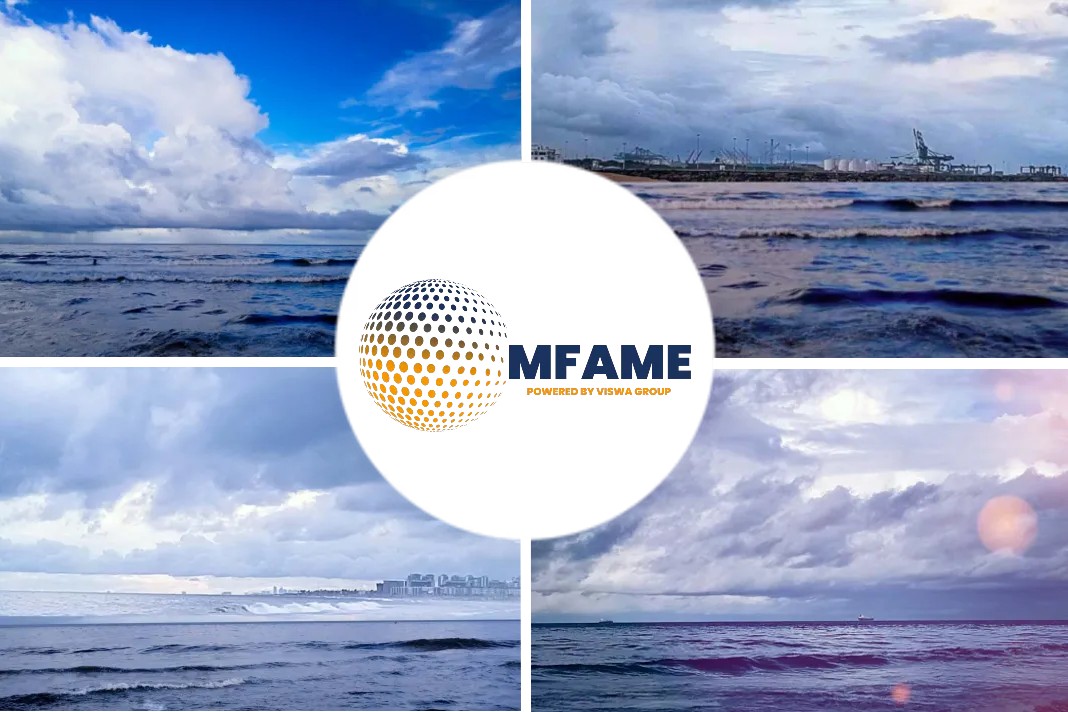In a major development, Shell has announced that they are pursuing competitive ways to reduce CO2 emission from ships, including those from oil tankers, it said this week as it signed a charter deal for a fleet of 14 new LNG-powered crude oil and product tankers, reports Platts.
How Shell doing this?
- Shell Tankers Singapore agreed to a long-term charter deal from owner Sinokor Petrochemical, whose 10 new LNG dual-fuel Aframax crude oil tankers are expected to be delivered from Samsung Heavy Industries in 2021.
- Shell has also signed long-term charters for four new LNG dual-fuel oil products tankers from institutional investors, with delivery of the vessels expected from 2021.
- Shell plans to fuel the tankers at existing facilities in Singapore, Rotterdam and other bunkering ports.
How it will help in Decarbonising Shipping?
“This is an important step in Shell’s wider drive to help decarbonize the shipping sector, both as a leading supplier and user of LNG,” Shell VP for Crude Trading and Supply Mark Quartermain said.
Backdrop of this
Ship operators are increasingly looking into cleaner alternative fuels such as LNG as the industry comes under greater regulatory pressure to reduce air pollution. The International Maritime Organization’s global marine sulfur cap is set to drop to 0.5% from the start of next year, from 3.5% currently, forcing most ship operators to switch from burning high sulfur fuel oil to more expensive, cleaner alternatives.
Effectivity of Using LNG
LNG as a bunker fuel produces negligible sulfur and nitrogen emissions and significantly reduced carbon emissions. The bulk price currently looks attractive, after Platts JKM LNG prices have slumped by more than four times over the past year, with spot prices reaching $4.651/MMBtu on Tuesday’s close. But suppliers will also need to charge a significant delivery cost to recoup the cost of building expensive bunkering infrastructure at key ports.
- Last year, Shell already chartered four LNG dual-fuel Aframax crude oil tankers on a long-term basis.
- It also has several dual-fuel inland oil products barges in northwest Europe, which mainly run on LNG.
- Shell also chartered three LNG-powered offshore supply vessels to support drilling operations in the US Gulf of Mexico.
- The company said in June it had three LNG bunker vessels in its fleet and it plans to have more in the future.
0.5% Sulfur Fuel Trials?
In terms of compliant fuels, Shell is offering trials of its 0.5% sulfur marine fuel oil to customers in key ports in readiness for IMO 2020, and is poised to commence commercial sales, although the start of sales depends on demand, the company said earlier this year.
Compliant Fuel Sales To Start
The sales start date “depends on market demand and conditions,” a company spokeswoman said in May. “We have updated refineries and have capacity to meet volumes but we cannot really predict demand.”
LNG Growth Forecast
Shell forecasts the LNG bunker market to reach 35 million mt/year by 2035, according to its 2019 LNG Outlook.
Carbon Neutral LNG Cargoes
Japanese city gas supplier Tokyo Gas also signed a non-binding Master Agreement with Shell Eastern Trading for the purchase of carbon-neutral LNG cargoes this year for the first time in Japan. Under this agreement, Shell will use carbon credits to offset CO2 emissions generated through the entire gas value chain, from exploration to consumer distribution.
Did you subscribe to our daily newsletter?
It’s Free! Click here to Subscribe!
Source: Platts

















